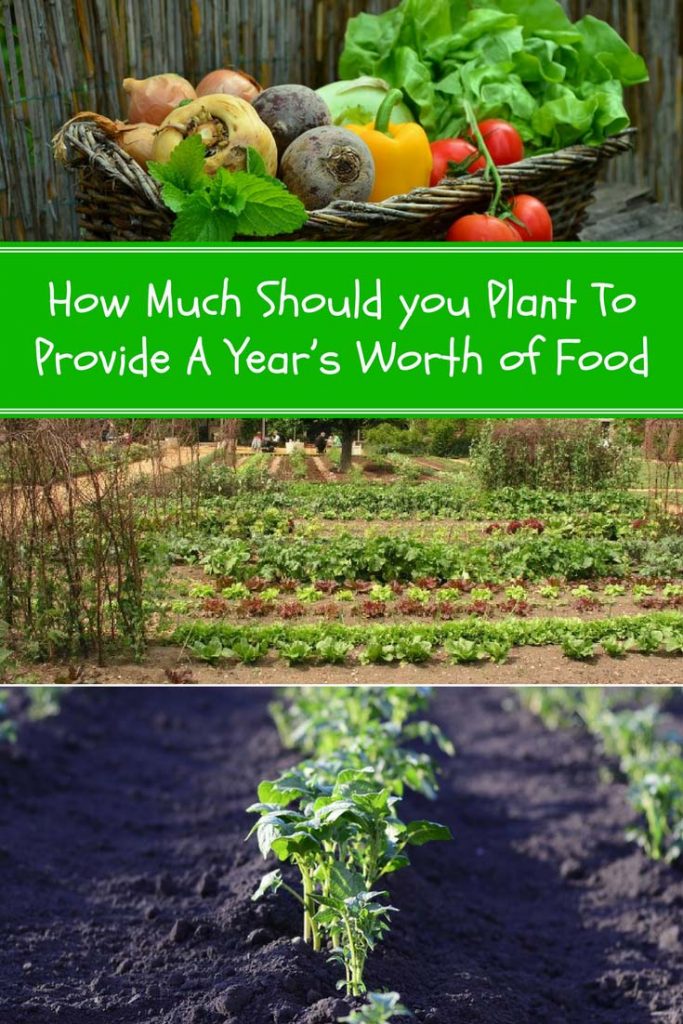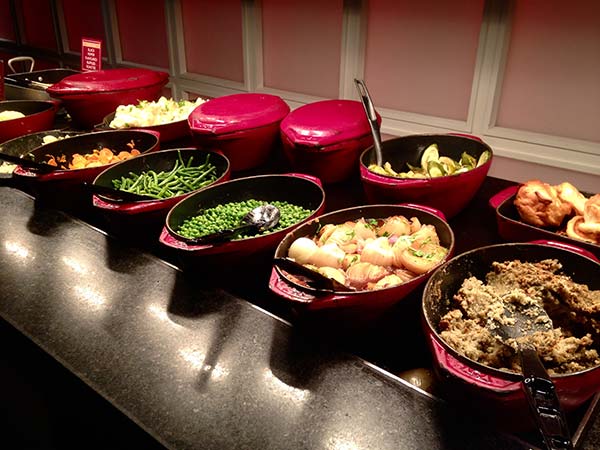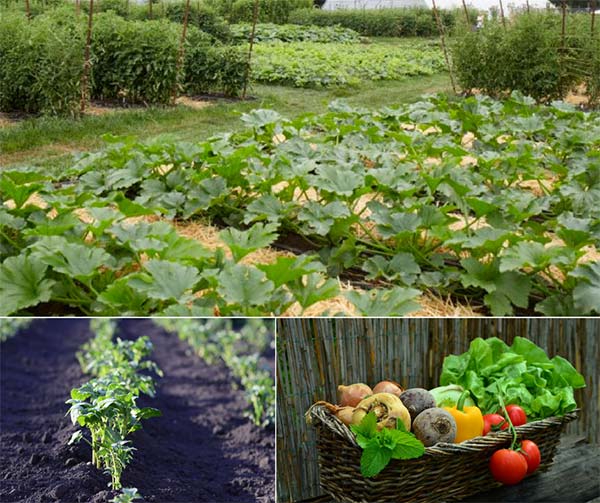How Much Should You Plant To Provide A Year’s Worth of Food
Homesteading was once a way of life; gardening wasn’t a hobby, it was how you fed yourself and your family throughout the year. Your survival rested on your ability to grow crops, save seeds and preserve the harvest. The choices you made regarding which crops you grew and how many of them you planted had life or death consequences.
Nowadays, with a grocery store on every corner, it can be hard to imagine vegetables from your garden as anything but supplemental. But some of us are relearning the art of self-sufficiency through agriculture. So, what does it look like to plant, harvest, and preserve enough food to carry yourself and your family through the winter until you can plant and harvest again?
Well, it will look a little different for everybody depending on personal preferences, number and ages of family members, and strategic choices regarding your square footage and growing conditions.
Which crops should you plant? We’ll get into the nitty gritty, tables and numbers and such, but to start with, plant food that you like to eat. Think about the foods that your family tends to eat and in what quantities. If your garden is a little cramped, be creative. Replace flower beds with vegetables and herbs. Clear the overgrown slope behind the shed and put in berry bushes or a row of asparagus. Pull up the sickly-looking trees at the corner of your yard and replace them with fruit and nut trees. If you’re low on space, don’t forget about dwarf varieties.
Now, how much should you plant? That depends on how much your family typically consumes in a year and the approximate yield of each plant. You’ll need to factor in growing conditions such as pests and season length, canning and preserving options, and a healthy margin for error. In all likelihood, it will take several growing seasons before you have a fine-tuned sense of what, and how much, you should plant each year.
When juggling limited space, consider building supports to move vining crops into vertical space and using succession planting to produce multiple harvests. Your options are region specific when it comes to succession planting. For example, cool climates can usually support two plantings of peas and greens while warm climates can sometimes fit more than one planting of corn. There are also different varieties of the same crop that mature at different times throughout the growing season. You can diversify your yield to extend your harvest season.
When gardening as a hobby, you can grow whatever you like, but if you’re subsistence gardening, you’ll want to consider calorie content and protein, which can be in short supply with just fruits and vegetables. The best choice for high calorie and protein yield is dry beans and peas. Establish one of these as a staple crop if you are trying to grow enough to feed your family for a year.
My top 5 crops for getting the most bang for your buck in the garden:
1. Beans
– Green beans are loaded with calories and protein. They’re delicious as a side or integrated into a stew or casserole. Few things are as satisfying as a pot of green beans cooked in fat back. And they can be dried, which means that you can enjoy their nutritional benefits year-round. Plant pole beans, which have higher yields than bush beans and double as a dried or shell bean. On average, sew 10-20 bean plants per person per year.
2. Summer Squash
– If you have ever grown summer squash, or lived in the country, you know that summer squash, such as crookneck or zucchini, are incredibly prolific. In fact, only 1 plant per person is recommended.
3. Winter Squash
– Winter squash is a good choice because, as long as you store it somewhere cool and dry such as a root cellar, it will keep all winter long. 2-3 plants per person should be sufficient.
4. Garlic
– Garlic is a good crop to grow because it doesn’t take up too much space. You can grow garlic in the fall, when the garden is lying fallow, and harvest it in the summer. Once you’ve harvested your garlic, you can then use that space for late summer or fall planting. Also, garlic is delicious and medicinal. Plant 15 bulbs per person, or more if you love garlic.
5. Tomatoes
– Tomatoes are incredibly versatile. Not only are they delicious fresh, they can be used and preserved in a variety of ways including as marinara, salsa, tomato soup, stewed tomatoes, and ketchup. They can enhance almost any meal and are loaded with vitamin C. On average, 5 tomato plants are recommended per person. Consider planting several different varieties; cherry tomatoes are delicious fresh, but paste tomatoes are better for canning and preserving.
How Much to Plant Per Person: Additional Crops
- Artichokes: 1-4 plants per person, perennial
- Asparagus: 5 plants per person, perennial
- Beans, Bush: 10-15 plants per person
- Beans, Lima: 10-15 plants per person
- Beets: 10-20 plants per person, spring and fall
- Broccoli: 8 plants per person
- Brussels Sprouts: 5 plants per person
- Cabbage: 5 plants per person, spring and fall
- Carrots: 10-40 plants per person, succession planting
- Cauliflower: 3-5 plants per person, spring and fall
- Celeriac: 1-5 plants per person
- Celery: 3-8 plants per person
- Chard: 2 plants per person, regrows after harvesting outer leaves
- Corn: 15-40 plants per person
- Cucumbers: 5 plants per person
- Eggplant: 1 plant per person, plus 2-3 extra per family
- Kale: 1 5’ row per person
- Lettuce: 10-12 plants per person, succession planting
- Melons: 2-6 plants per person
- Onions: 30-80 plants per person
- Peas: 25-60 plants per person, succession planting, spring and fall
- Peppers: 5-8 plants per person
- Potatoes: 20-30 plants per person
- Pumpkins: 1 plant per person
- Radishes: 2’ row per person, succession plant
- Rhubarb: 2-3 crowns per person
- Spinach: 10-20 plants per person
- Sweet Potatoes: 5 plants per person
- Turnips: 2’ row, spring and fall crop
 Home and Gardening Ideas At home and Gardening ideas we believe inspiring readers about homesteading, self sufficiency
Home and Gardening Ideas At home and Gardening ideas we believe inspiring readers about homesteading, self sufficiency










One comment
Pingback: How Much Should You Plant In Your Garden To Provide a Year’s Worth of Food